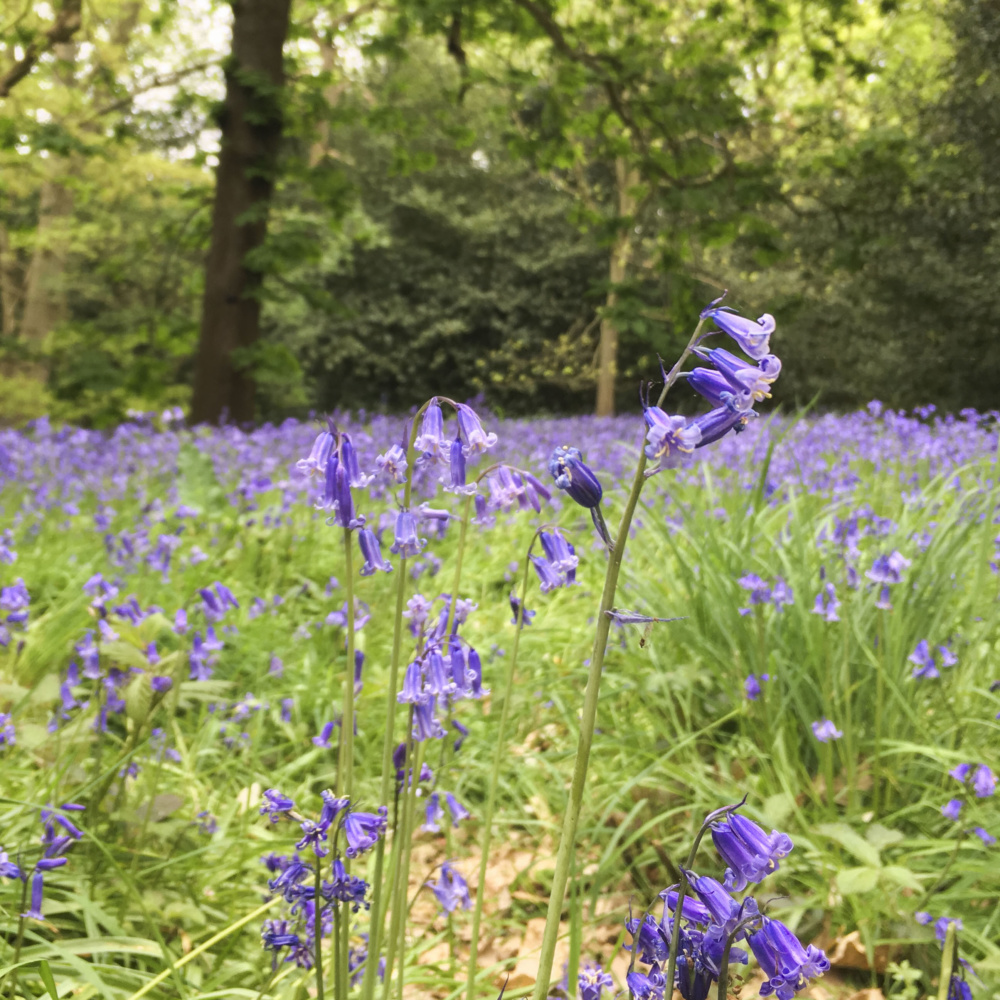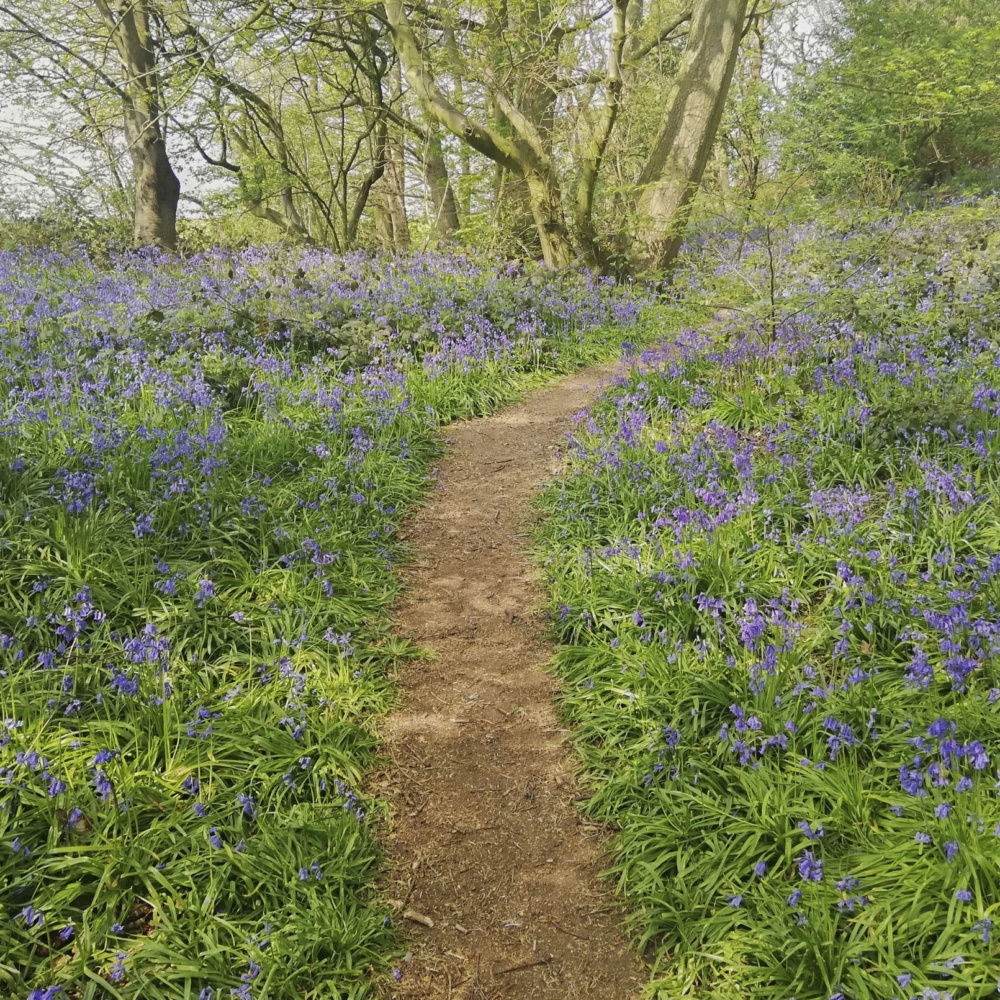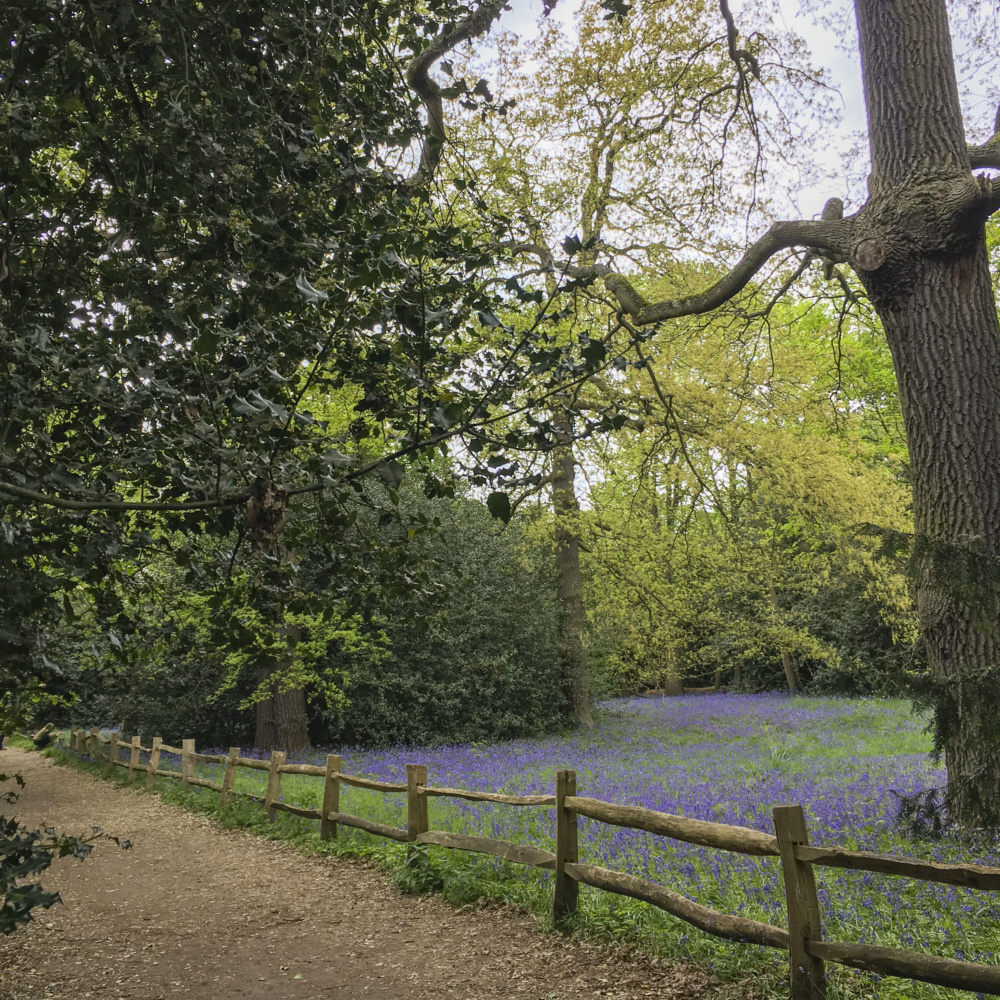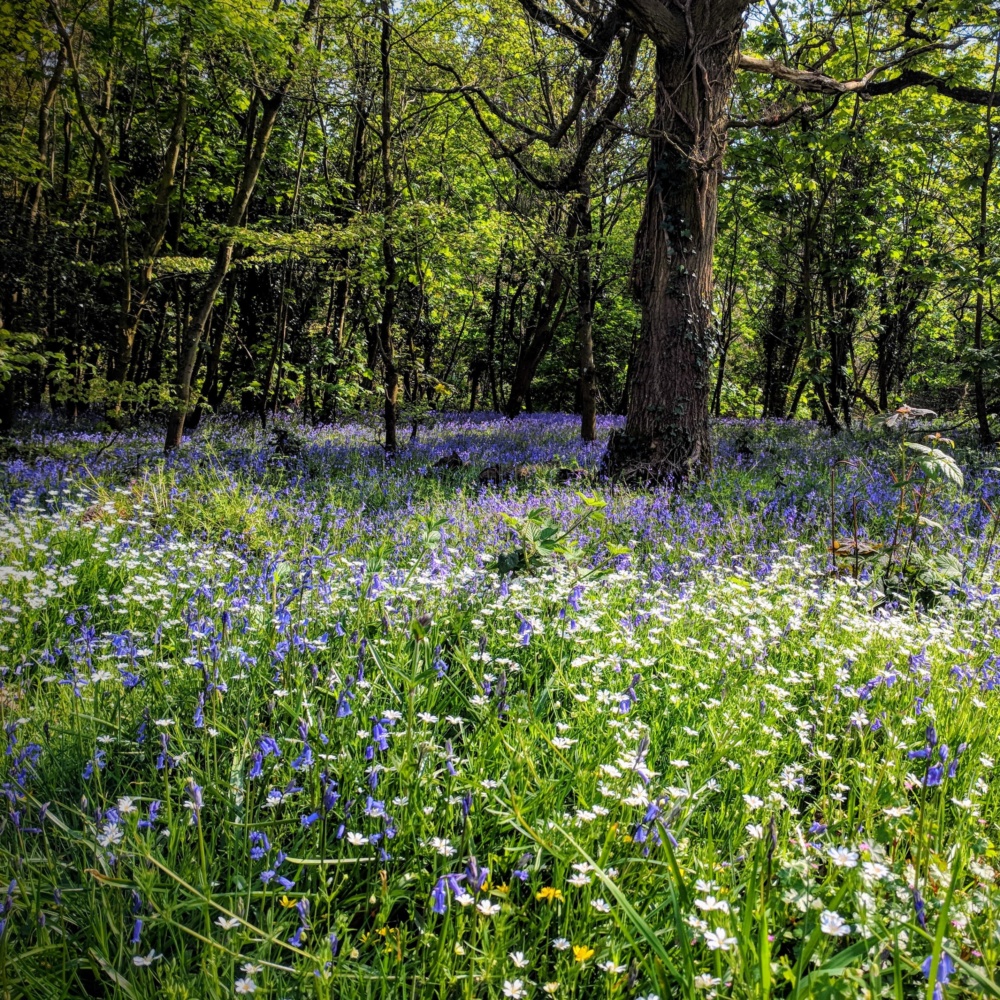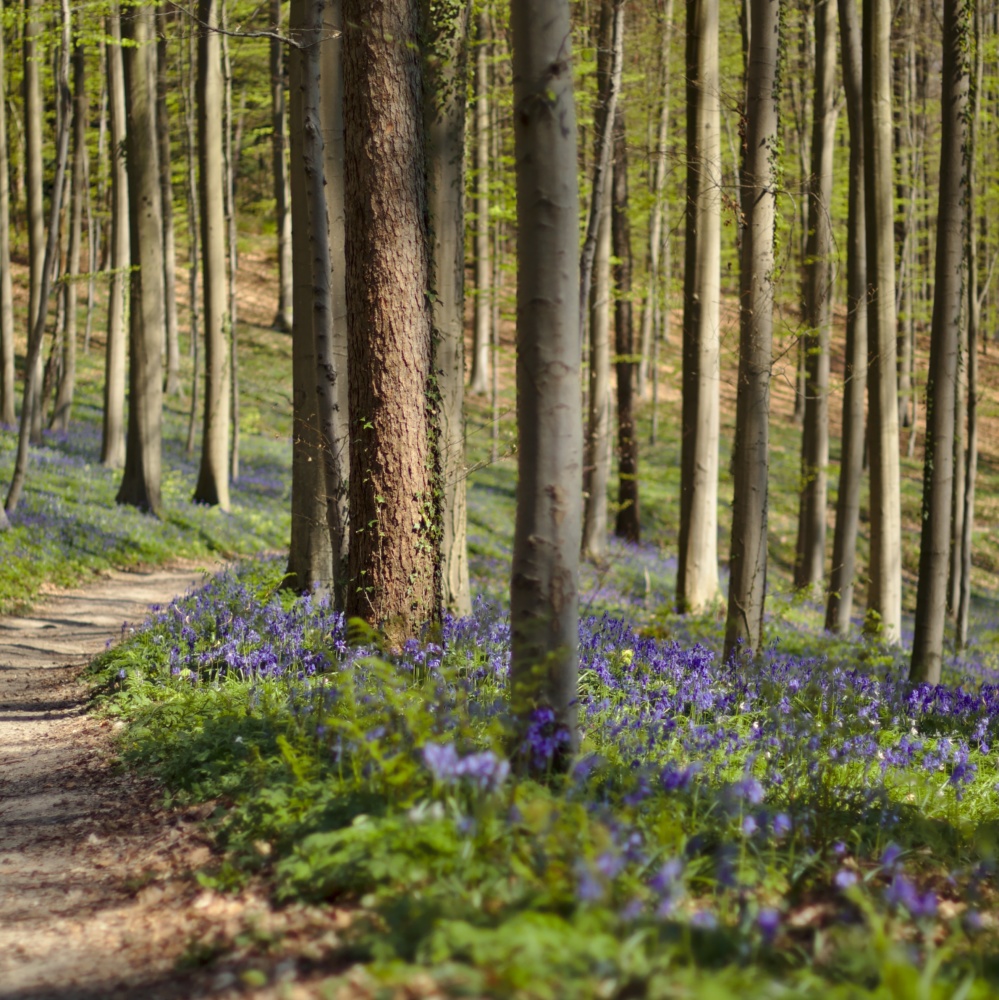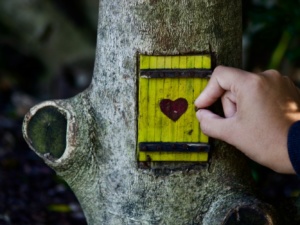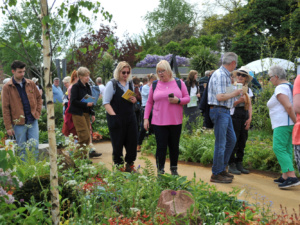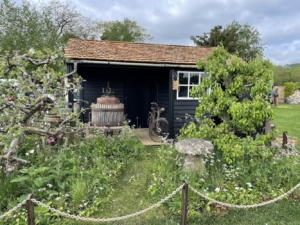Best Bluebell Walks
Every spring these bell-like blooms unfurl to create a blue carpet in our forests and woodlands.
The UK is home to half the world’s population of bluebells.
A bluebell wood is likely to indicate an ‘ancient woodland’, meaning the site has existed continuously since at least the 1600s.
Here we have collated some of the best spots around the country to spot these fairy flowers in full bloom, conveniently close to each of our five showsites…
Staffordshire – Jackson’s Coppice
The best-known Bluebell woods in the area are at Yoxall Lodge, but unfortunately the grounds are closed for 2019. Instead, we’d recommend heading to Jackson’s Coppice for its dense carpets of bluebells. The woods here are also home to a huge badger sett – one of the largest in the country. The sandy soil make digging easy for badgers and the bluebell bulbs are a great food source!
Find more information here.
Wiltshire – Clanger & Picket Woods
These woods have been designated a Site of Special Scientific Interest on account of the thriving butterfly and moth populations. Many paths lead into glades where bluebells flourish in spring.
Find more information here.
Shepperton – Kew Gardens
Nestled at the back of the botanic gardens, the grounds of Queen Charlotte’s eighteenth-century thatched cottage boast one of London’s finest bluebell woods. These grounds are kept as a ‘natural area’ – wild and untamed – on Queen Victoria’s orders, when she gifted the land to Kew in 1898.
Find more information here.
Henley on Thames – Greys Court
Buckingham – Ashridge Estate
The bluebells cover the estate here, so there are plenty of chances to catch a glimpse. The biggest blanket of blue can be found in the Spinney Woods, along Sir Felix’s Gentle path, although a more accessible gathering of beautiful bluebells can be found at Nuffield Place.
Find more information here.
Wander the 1.5-mile woodland trail awash with clusters of cobalt bluebells. You can also take advantage of the ranger-led walk to enjoy the bluebells and learn something of their fascinating history. Keep an eye on the National Trust website for more details on the event.
Find more information here.
Little known facts about bluebells:
- Bluebells flower between mid-April to late May as the UK warms up for summer
- Due to the Wildlife and Countryside Act 1981, it is illegal to intentionally pick, uproot or destroy bluebells. Be sure to stick to the path and admire them from afar
- Their sticky root sap was used to glue feathers onto arrows in the Middle Ages, as well as to stiffen ruffs in Tudor times and for bookbinding!
- Bluebells are thought to be dedicated to England’s Patron Saint, St George.
- It takes at least five years for a bluebell seed to grow into a bulb.
- Bees rely heavily on the flowers’ nectar in the spring but sometimes they ‘steal’ it by biting a hole in the bottom of the bell.
